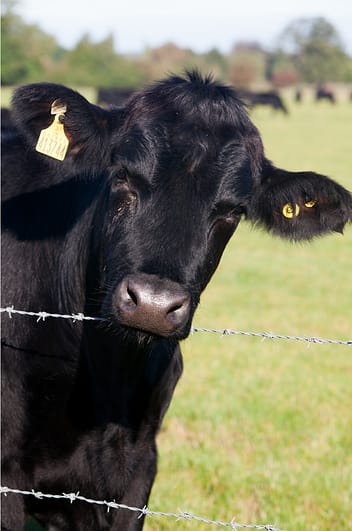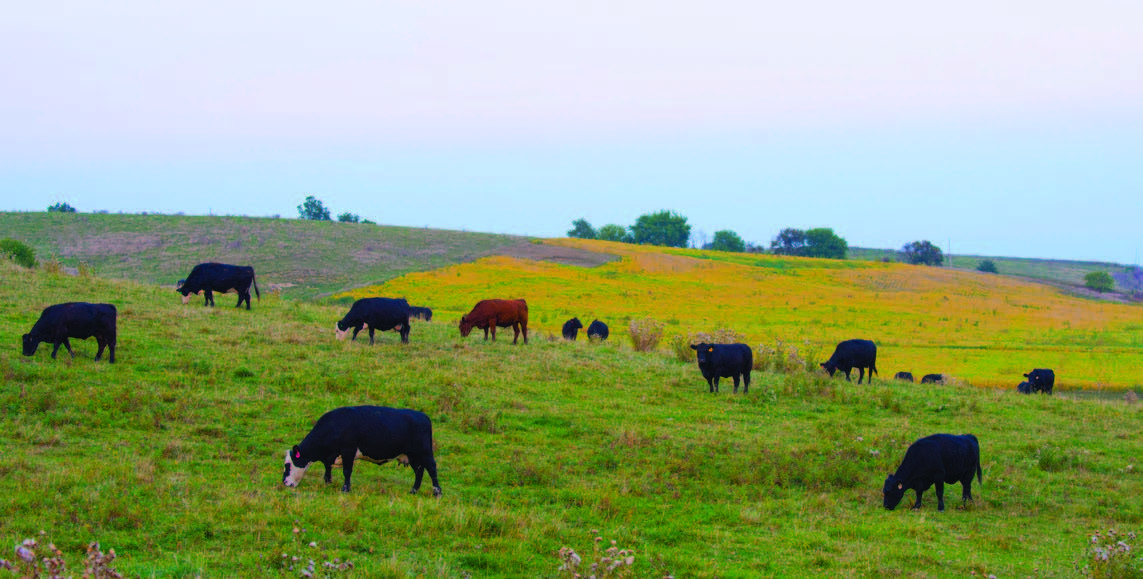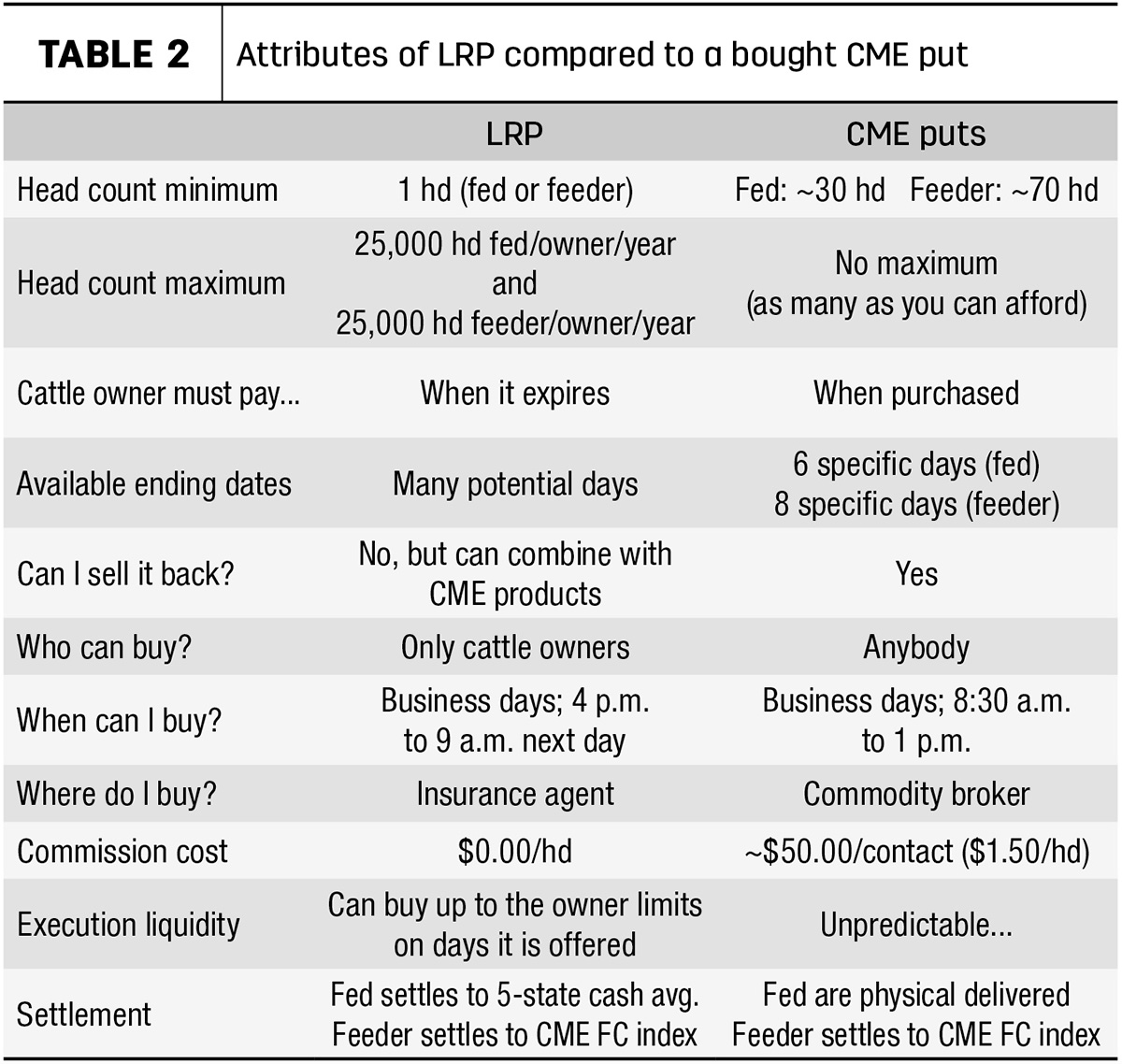Expert Assistance: Bagley Risk Management Methods
Expert Assistance: Bagley Risk Management Methods
Blog Article
Understanding Animals Risk Protection (LRP) Insurance Coverage: A Comprehensive Guide
Browsing the realm of animals risk defense (LRP) insurance coverage can be a complex venture for many in the farming sector. This kind of insurance coverage offers a safeguard versus market changes and unexpected conditions that could affect animals producers. By recognizing the intricacies of LRP insurance coverage, producers can make educated decisions that might secure their procedures from economic threats. From exactly how LRP insurance operates to the various insurance coverage choices offered, there is much to reveal in this detailed overview that can potentially form the way livestock producers come close to threat management in their businesses.

Exactly How LRP Insurance Functions
Sometimes, understanding the auto mechanics of Livestock Risk Security (LRP) insurance coverage can be intricate, yet breaking down exactly how it functions can offer clarity for farmers and ranchers. LRP insurance is a threat management tool made to shield livestock producers versus unforeseen cost decreases. It's important to note that LRP insurance policy is not an earnings warranty; rather, it focuses solely on price risk defense.
Qualification and Insurance Coverage Options

When it comes to coverage options, LRP insurance supplies producers the versatility to pick the coverage degree, insurance coverage duration, and endorsements that best suit their threat monitoring requirements. By comprehending the eligibility requirements and protection options readily available, animals producers can make informed choices to take care of danger successfully.
Benefits And Drawbacks of LRP Insurance
When assessing Livestock Risk Defense (LRP) insurance policy, it is crucial for animals producers to consider the negative aspects and benefits fundamental in this threat administration tool.

One of the main benefits of LRP insurance policy is its ability to offer security versus a decline in livestock costs. Additionally, LRP insurance coverage uses a level of adaptability, allowing manufacturers to personalize protection levels and policy periods to fit their details needs.
One constraint of LRP insurance policy is that it does not safeguard versus all types of threats, such as illness outbreaks or all-natural disasters. It is crucial for manufacturers to carefully analyze their private threat direct exposure and monetary circumstance to identify if LRP insurance coverage is the appropriate risk management device for their operation.
Understanding LRP Insurance Policy Premiums

Tips for Maximizing LRP Advantages
Maximizing the benefits of Animals Risk Defense (LRP) insurance coverage calls for tactical planning and positive danger monitoring - Bagley Risk Management. To take advantage of your LRP coverage, think about the complying with pointers:
Routinely Evaluate Market Conditions: Remain educated concerning market fads and rate fluctuations in the livestock market. By checking these variables, you can make informed decisions about when to purchase LRP insurance coverage to safeguard against prospective losses.
Establish Realistic Insurance Coverage Levels: When choosing insurance coverage levels, consider your manufacturing costs, market price of livestock, and potential risks - Bagley Risk Management. Setting reasonable coverage degrees makes certain that you are properly secured without paying too much for unneeded insurance policy
Expand Your Insurance Coverage: Rather of counting solely on LRP insurance coverage, consider diversifying your danger administration techniques. Integrating LRP with various other danger administration devices such as futures agreements or alternatives can give detailed insurance coverage against market unpredictabilities.
Evaluation and Readjust Protection Consistently: As market conditions change, occasionally examine your official source LRP coverage to guarantee it aligns with your existing danger exposure. Changing coverage levels and timing of acquisitions can assist maximize your danger protection method. By following these pointers, you can maximize the advantages of LRP insurance coverage and safeguard your livestock procedure against unanticipated threats.
Verdict
To conclude, livestock threat protection (LRP) insurance policy is a beneficial device for farmers to handle the economic risks connected with their animals operations. By comprehending just how LRP functions, qualification and protection choices, as well as the benefits and drawbacks of this insurance policy, farmers can make enlightened choices to protect their livelihoods. By thoroughly taking into consideration LRP premiums and executing techniques to make the most of advantages, farmers can alleviate prospective losses and make sure the sustainability of their procedures.
Animals producers interested in obtaining Livestock Danger Protection (LRP) insurance policy can discover an array of eligibility standards and coverage options click reference tailored to their specific livestock operations.When it comes to coverage options, LRP insurance provides producers the flexibility to choose the protection level, coverage period, and look at here recommendations that ideal match their threat monitoring requirements.To comprehend the ins and outs of Animals Risk Security (LRP) insurance coverage completely, understanding the elements influencing LRP insurance coverage premiums is vital. LRP insurance policy costs are identified by different elements, consisting of the insurance coverage level chosen, the anticipated rate of livestock at the end of the coverage duration, the type of livestock being insured, and the size of the coverage duration.Evaluation and Change Coverage On a regular basis: As market problems alter, regularly review your LRP coverage to ensure it aligns with your current threat direct exposure.
Report this page